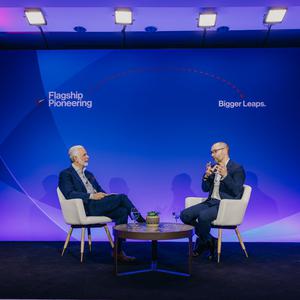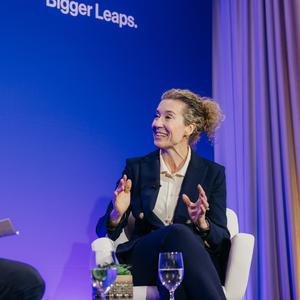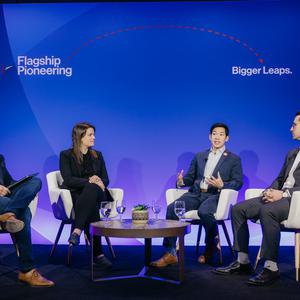Artificial intelligence (AI) has long been closely tied to biology. In fact, the history of AI traces back to the 1950s when scientists from multiple fields began to form theories on how to create an artificial brain. In 1958, Frank Rosenblatt, a psychologist and neurobiologist at Cornell University, invented the perceptron, the first artificial neural network (ANN) that was built using biological principles. Since then, there has been a series of advances in AI research, leading to significant innovations, especially in image, speech and text recognition. Today, AI is a term used in almost every industry to denote the generation of complex insights that match and even surpass the abilities of the human brain.
While both AI and biology have made significant leaps in recent decades, the full potential of both fields is yet to be realized. We believe AI and biology are the principal and mutually enabling innovation engines of our generation, particularly so when combining forces. Applying machine learning to large biological datasets has begun to elucidate the cause-and-effect relationships underlying human genetics and disease. In the opposite direction, we have only scratched the surface in terms of leveraging biology to advance AI research. Biomimicry—the practice of learning from and imitating the strategies found in nature—has always been a source of inspiration for AI researchers. After all, humans are the most intelligent beings we know (thus far) and it’s only natural for us to try and match and surpass our own level of intelligence. Today’s AI models are nowhere near achieving strong AI – defined as fully autonomous digital beings that can perform any intellectual task that the human brain can – but the progress in this direction is astonishing.








